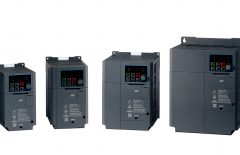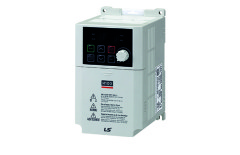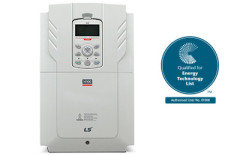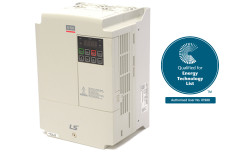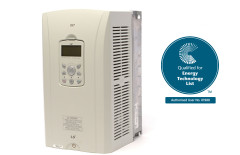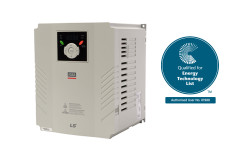This website uses cookies so that we can provide you with the best user experience possible. Cookie information is stored in your browser and performs functions such as recognising you when you return to our website and helping our team to understand which sections of the website you find most interesting and useful.
In industry, a commonly held misconception is that variable speed drives (VSD) also known as inverter drives and variable frequency drives (VFD) are a cure-all for the majority of motor problems that can arise in a process plant. An example of this is that a VSD will help a motor develop more torque than it was designed to do. Not true, because even if the VSD’s capacity is twice that of the motor, if the motor’s rated torque is insufficient for the application, all the VSD will do is supply current at a particular output frequency.
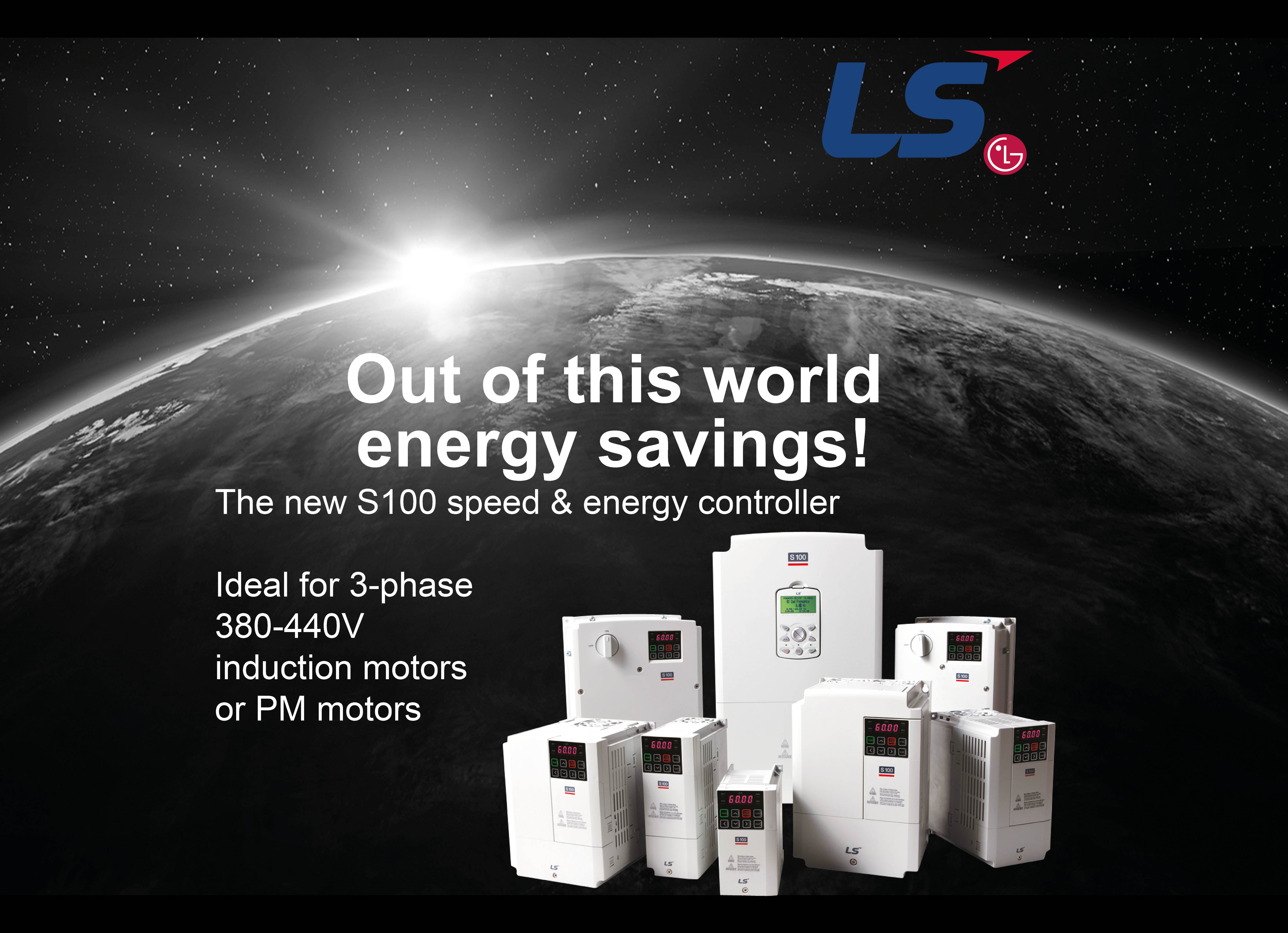
In this scenario, if the VSD’s overload isn’t correctly set up the motor windings will simply overheat, possibly resulting in permanent damage.
Given that it’s the motor rather than the VSD that generates the required torque, it’s clear that for new installations, choosing the correct motor for the job must always be the starting point. When specifying a motor’s rated torque output, consideration must be given to the required speed range and amount of overload encountered at starting or at other steps in the process and crucially, that the motor has the thermal characteristics compatible with VSD operation.
This usually requires a minimum of Class F winding insulation, particularly important when retro-fitting a modern VSD to an older/existing motor and critical if it is to be operated at very low speed at high load torque for prolonged periods of time. Such conditions or a wide speed range would also dictate forced cooling of the motor. In addition, it may be necessary for an incremental encoder to be factory fitted to the non-drive end of the rotor shaft and the output signals fed back to the VSD, a configuration known as ‘closed loop’ control, which provides superior motor speed holding under sudden changes in load torque.

Having chosen the motor, a suitable VSD can then be paired with it based on the motor’s rated voltage, frequency and current. An important factor affecting VSD selection is the ambient temperature of the proposed installation. Some derating of a VSD may be necessary above 40°C for example, so for panel mounted VSD’s due consideration to the enclosure dimensions and/or forced ventilation should be given. If the VSD is to be operated in closed loop mode it must be supplied with multi-channel encoder inputs, however, not all applications are suitable for a delicate precision instrument such as a rotary encoder.
In harsh environments and heavy duty applications such as found in recycling, logging, aggregate, cement and quarrying industries for example, it is often more appropriate to use encoderless or sensorless control where the VSD makes use of an embedded motor map and auto-tuning techniques to ensure the motor generates optimum torque by accurately controlling ‘slip’ through voltage and current vectors.
As well as ambient temperature range, other constraints on the mounting location of VSD’s include cable type and length between VSD and motor, altitude, humidity and pollution, etc, where IP rating also becomes an important consideration. Furthermore, power supply fluctuations, phase imbalance and the use of generators to supply the drive system will all affect the overall choice of VSD and associated ancillary equipment.
Once installed, the correction of design errors can be frustratingly time consuming and costly, so if in any doubt, it’s highly advisable to consult the VSD and motor manufacturer or supplier during the project planning stage.
Contact Dalroad for further information on the LS Variable Speed Drives on sales@dalroad.com or call 01585 505 252.
VSD Range
